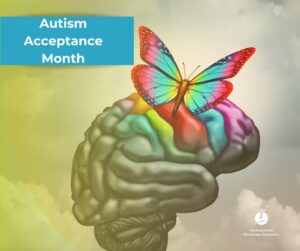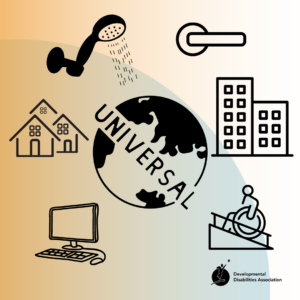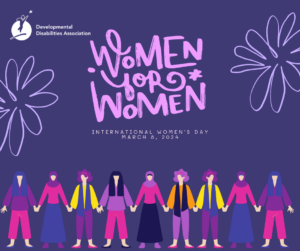Some tips on how to take the edge off of seasonal affective disorder and depression
We may be past the darkest day of the year, but that doesn’t mean we’re out of the woods yet. We’re still looking at weeks of cold and wet weather, during the darkest months of the year. Taken with the many difficulties of the past few years, it’s perfectly understandable to feel overwhelmed, isolated, and depressed.
Seasonal Affective Disorder, appropriately shortened to SAD, is a mood disorder which affects 2-3% of Canadians during their lifetime; another 15% will experience it in a milder form. Women are up to nine times as likely to experience it than men, and there are a wide range of symptoms: exhaustion, appetite changes, weight gain or loss, hopelessness, and irritability, to name a few.
So what do I do about it?
Dr. Raymond Lam is a professor of psychiatry at UBC and is also an expert in mood disorders. Though every case is different, we hope his advice is broadly applicable enough to help.
1. Social support
“During the winter months, people with seasonal affective disorder really have a diagnosis of depression. Make sure you keep up your social support, even if that’s virtual.”
Feelings of isolation and loneliness go hand-in-hand with depression, so it’s particularly important to push yourself to stay connected during difficult times.
2. Exercise/excursions
“Make sure you get exercise, and if you’re not able to, get outside. Outdoor light is much brighter than even the brightest indoor light, and will be helpful for people. Early morning is best for light exposure.”
Getting vitamin D can be a struggle in cloudy climates like ours. But even a short trip around the block can make a big difference. Consider organizing a few folks in your neighbourhood for morning walks, even if it’s just on weekends; that way you can build social support and community at the same time.
3. Light therapy
“There are many different types of devices for light therapy, ranging from light boxes, to light visors, to light glasses. I think that it depends on what device it is, but the best established treatment is with the light boxes.”
Light therapy is a newer approach to addressing seasonal depression, but one that shows a great deal of promise. SAD is associated with the darker months for a reason, and addressing the light deficit can make a big difference, as light exposure is thought to affect brain chemicals linked to mood and sleep.
Where to get Light Therapy:
While DDA does not publish the following as a recommendation, UBC does offer tips on what to look for and where to purchase light devices.



